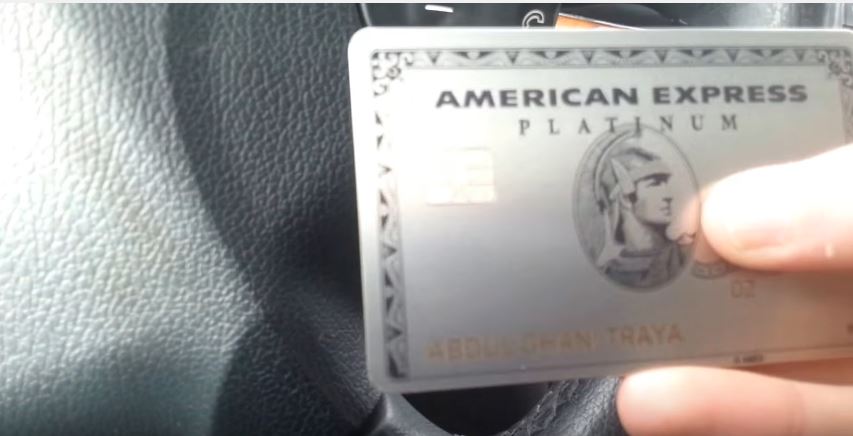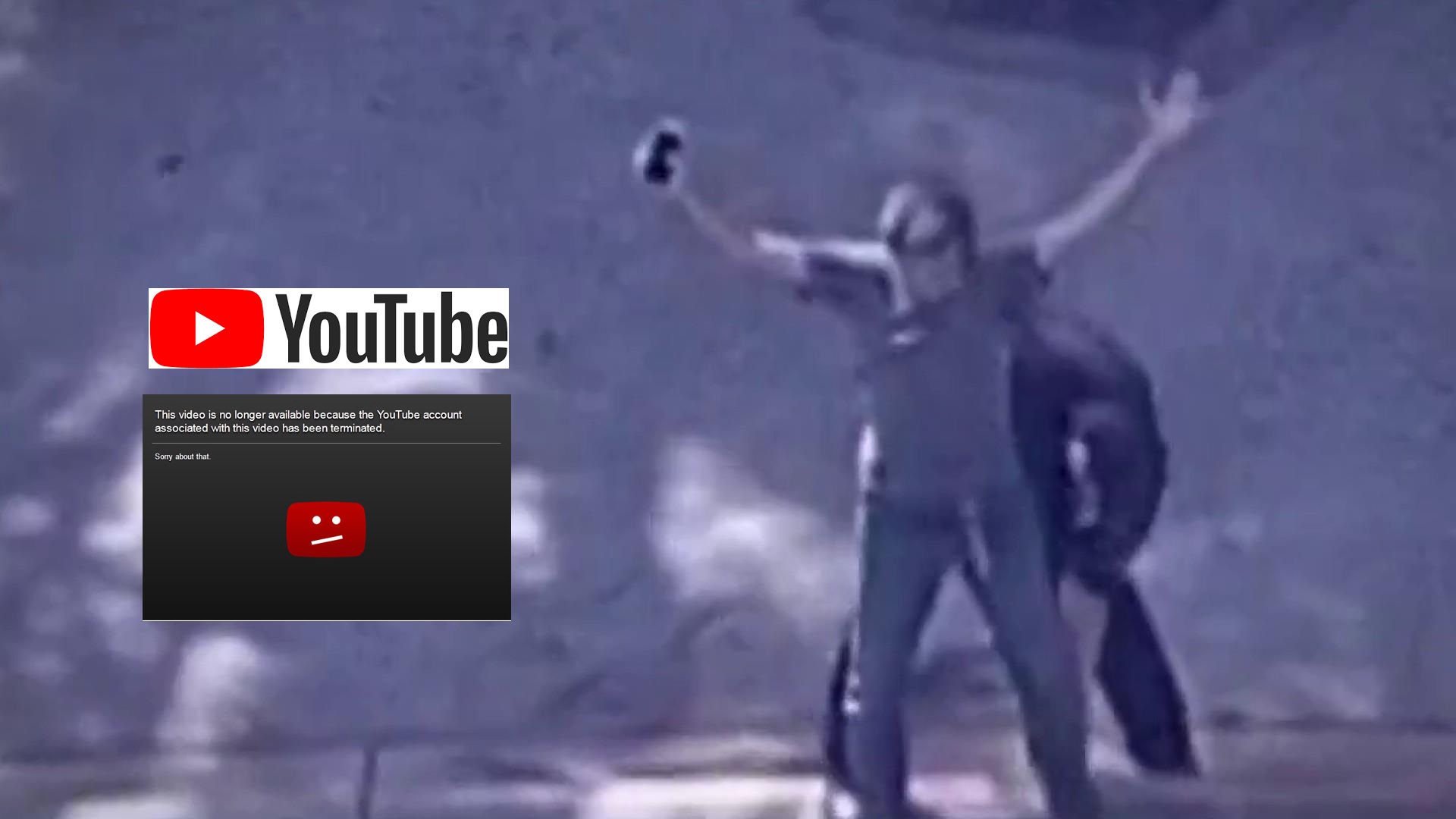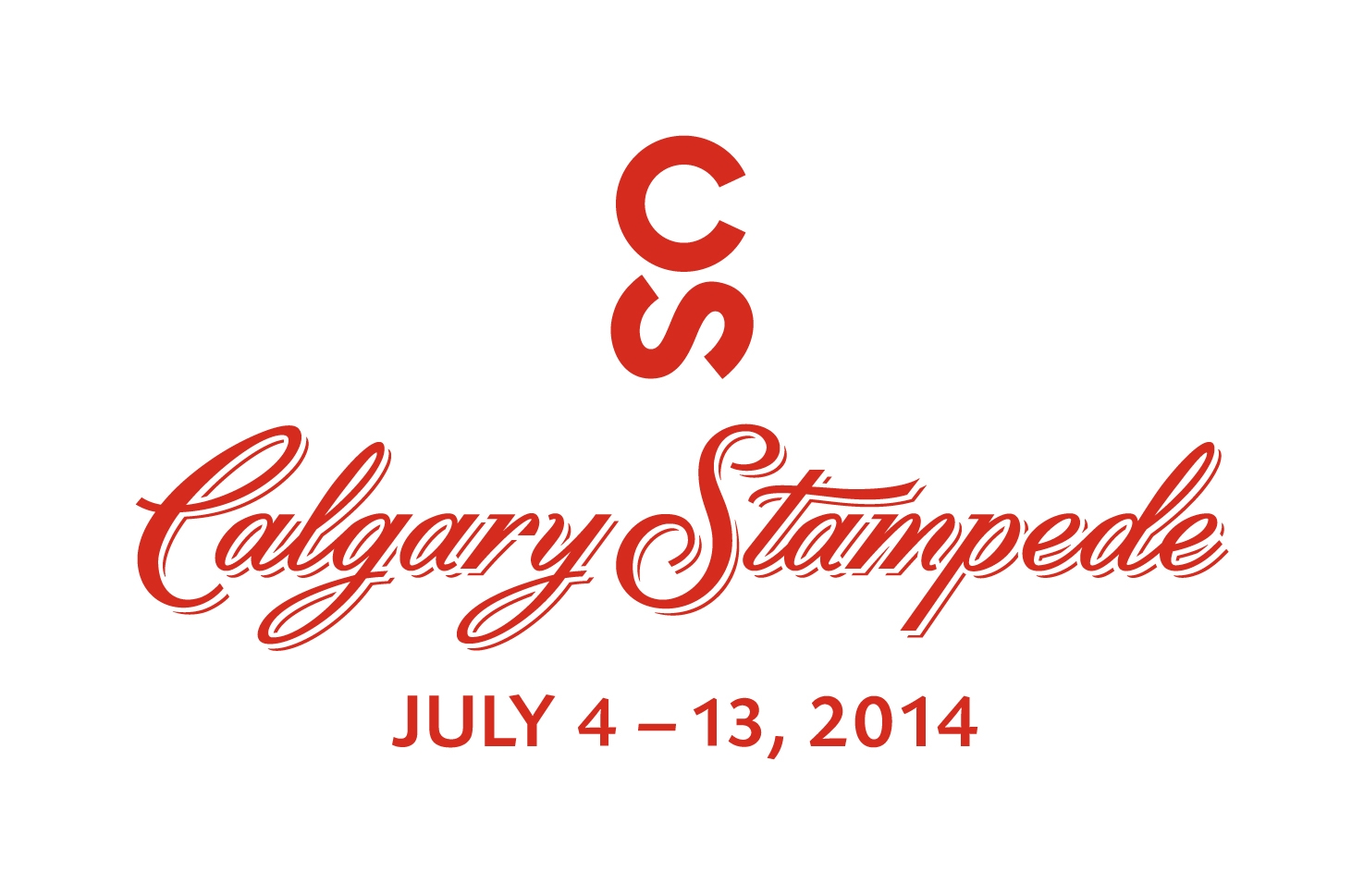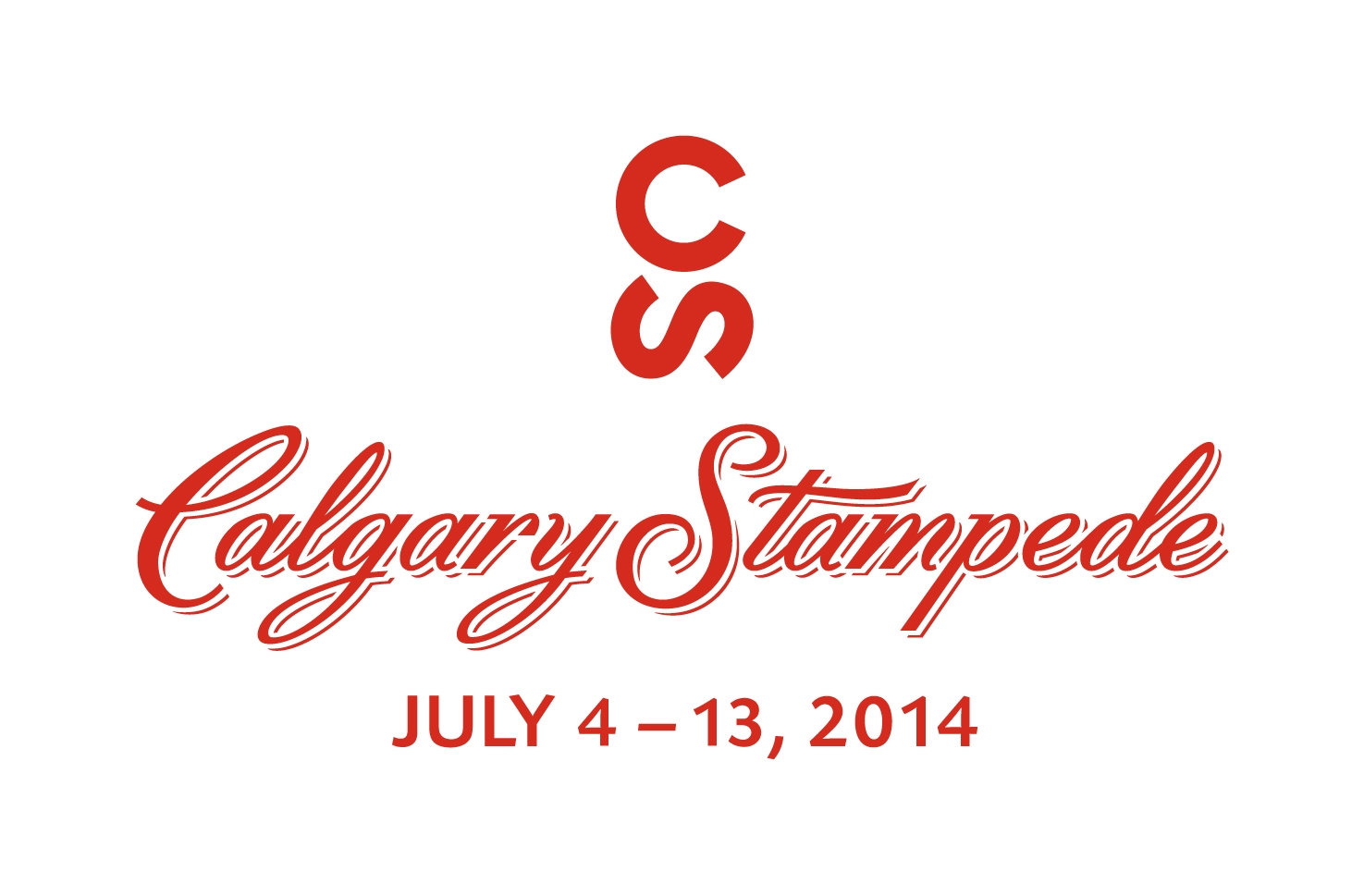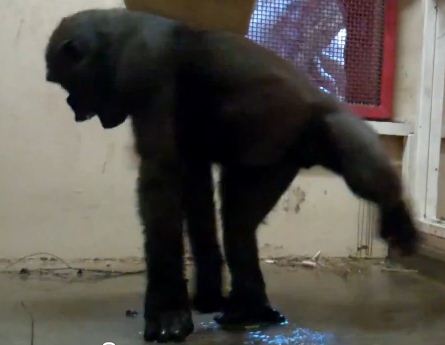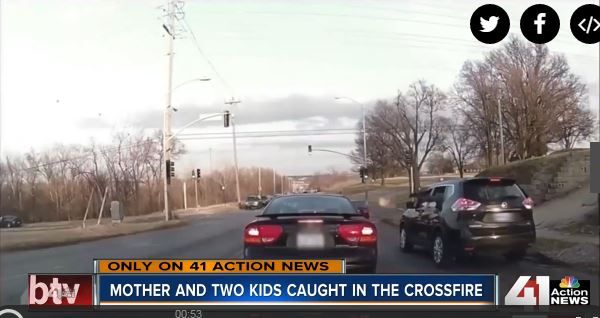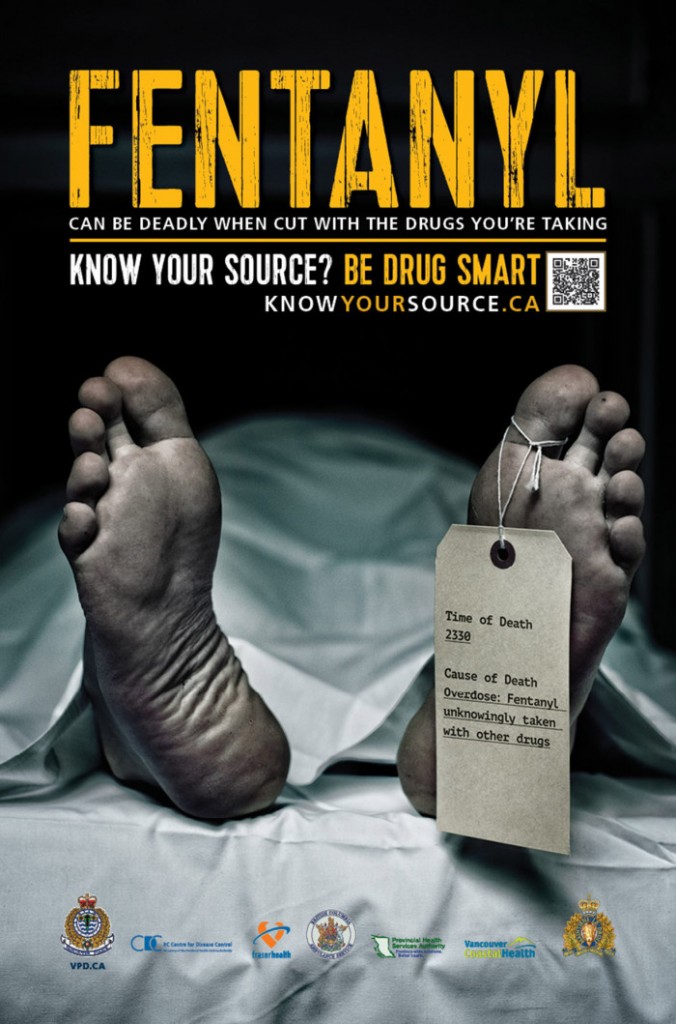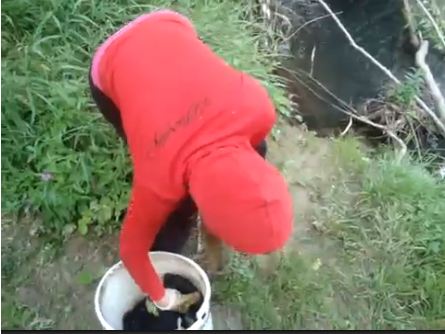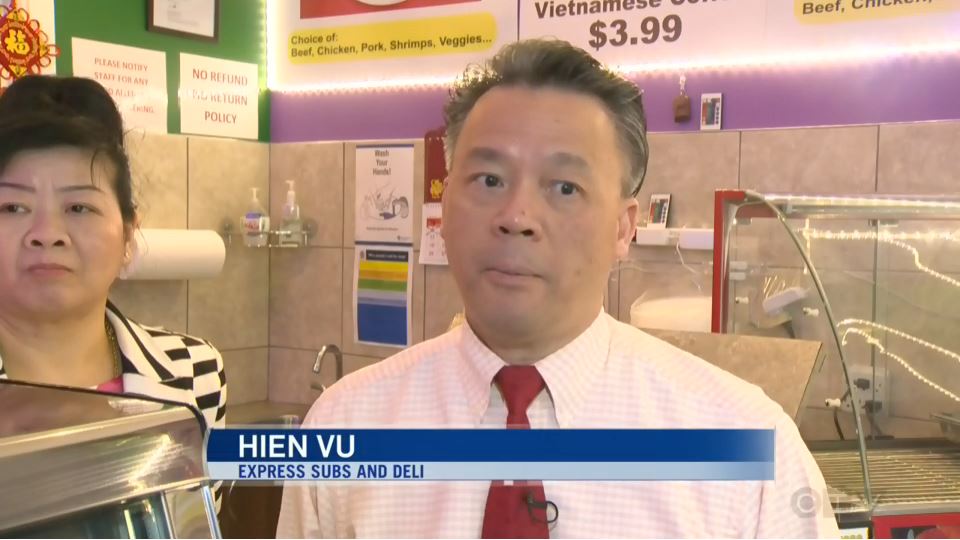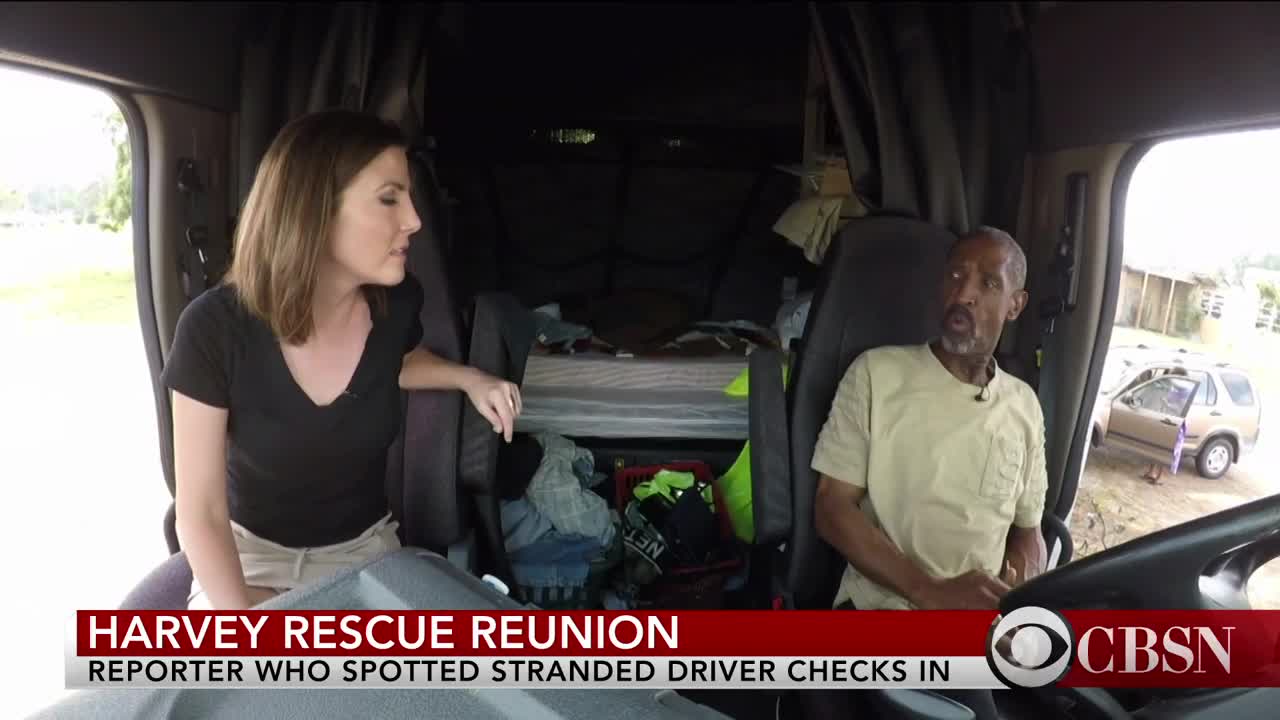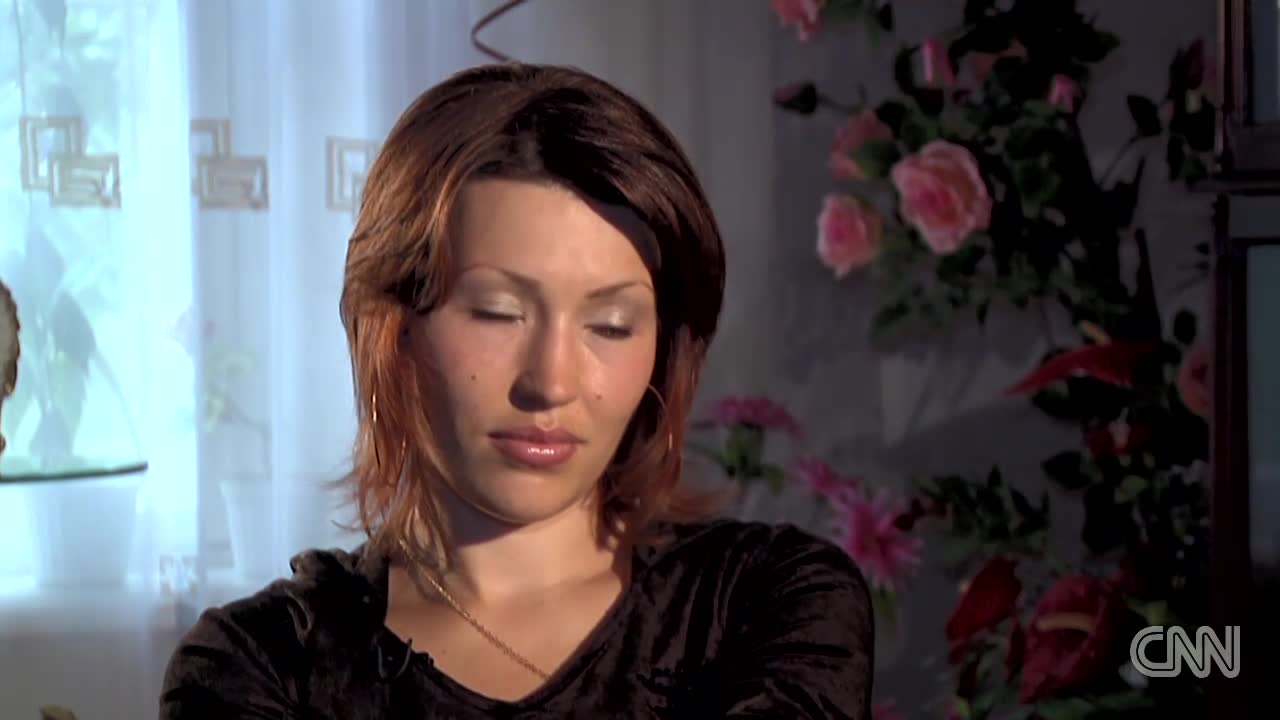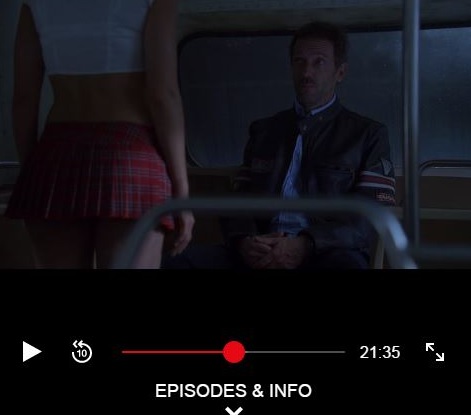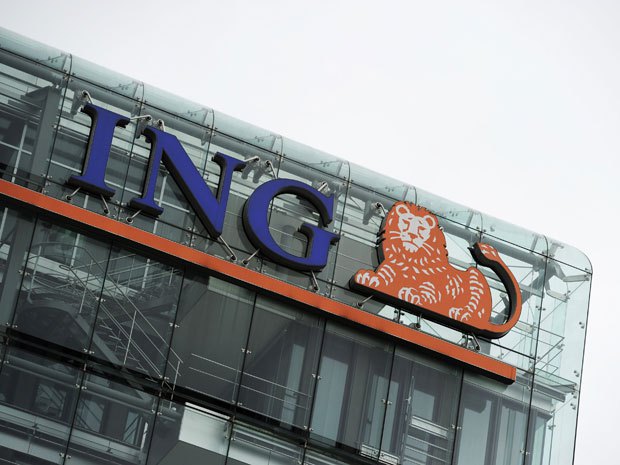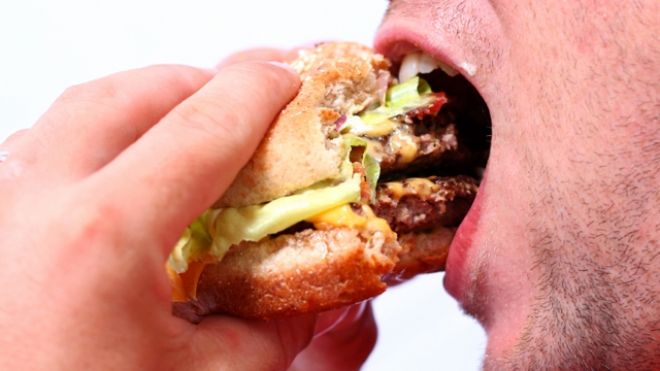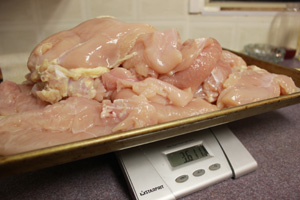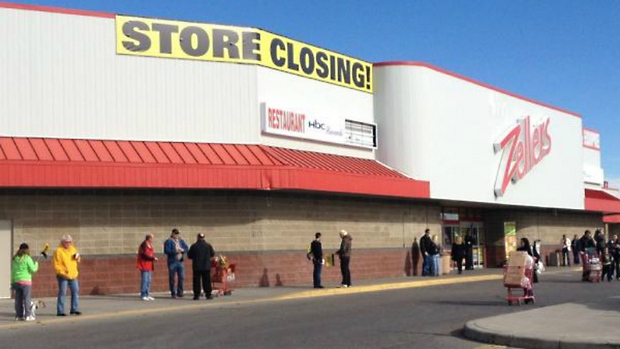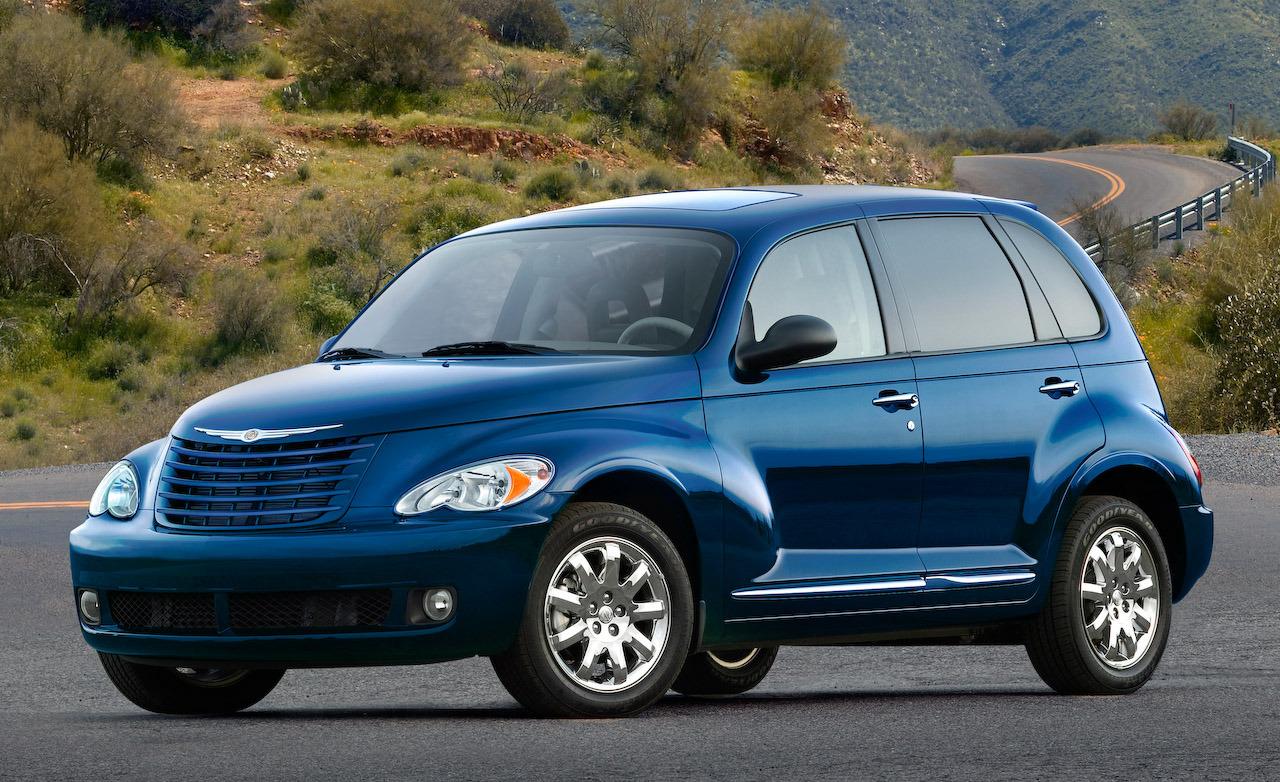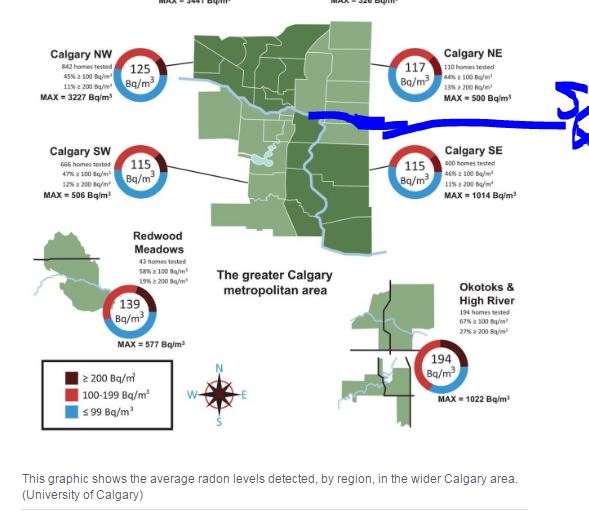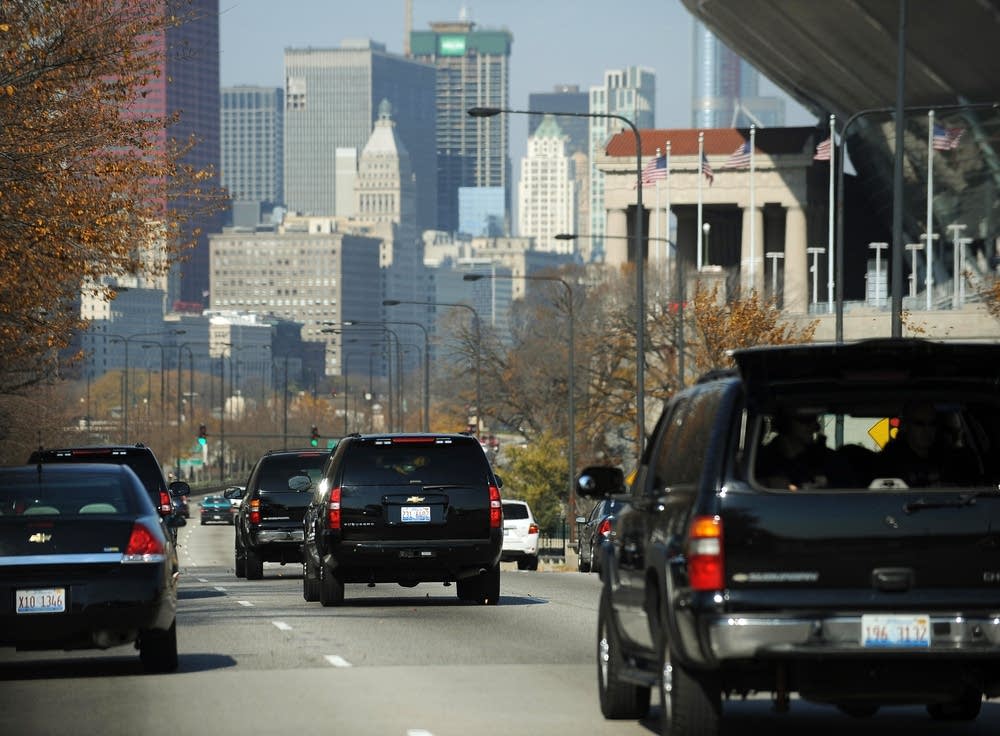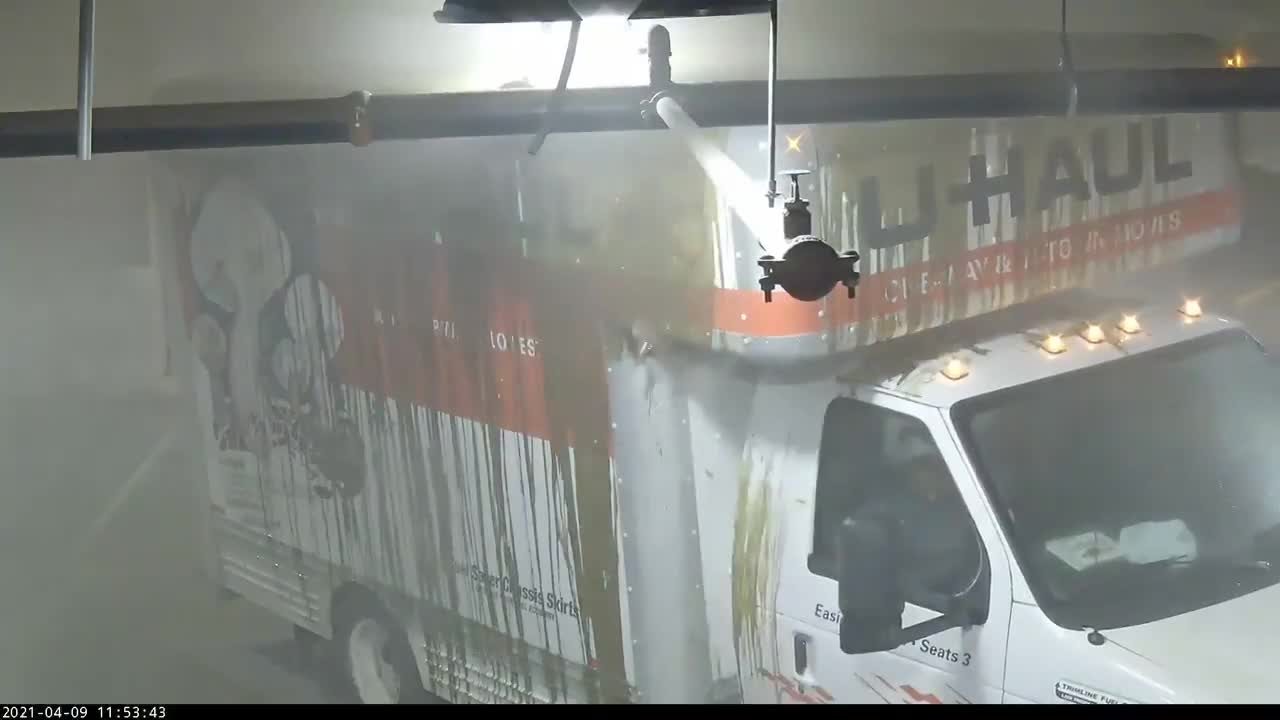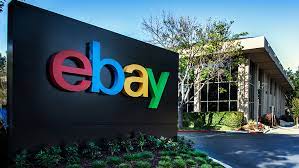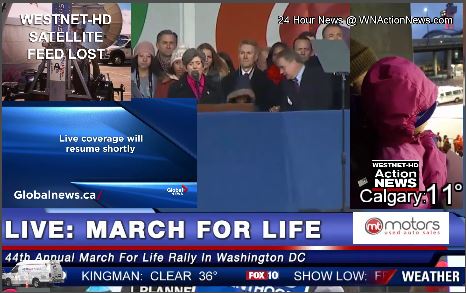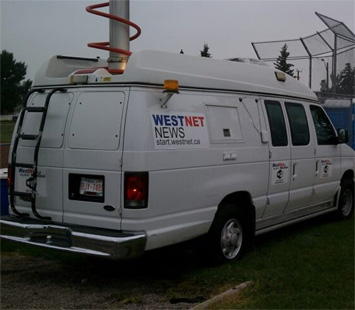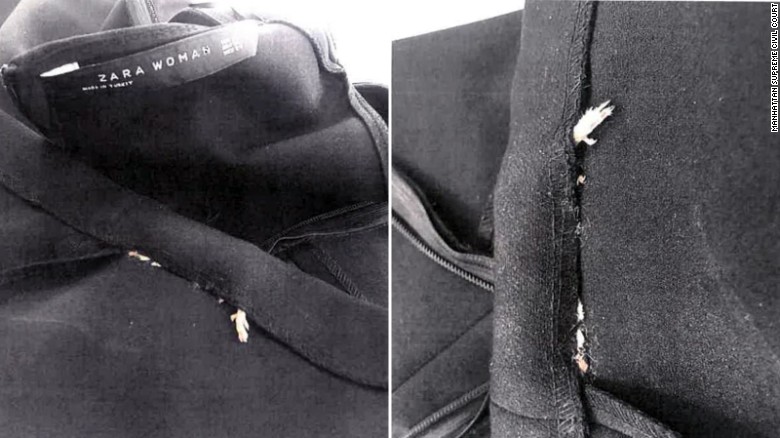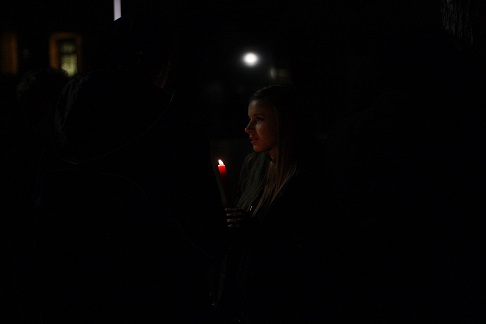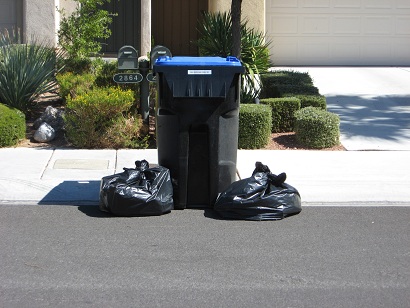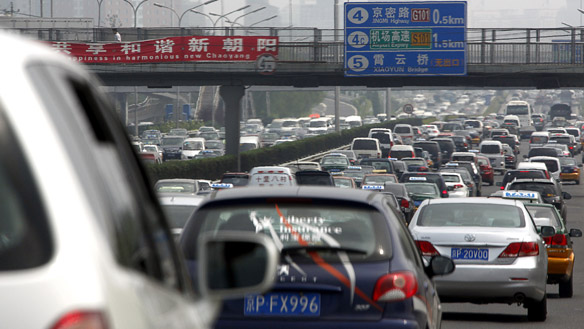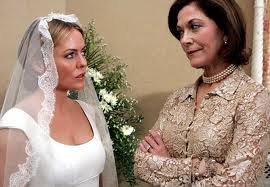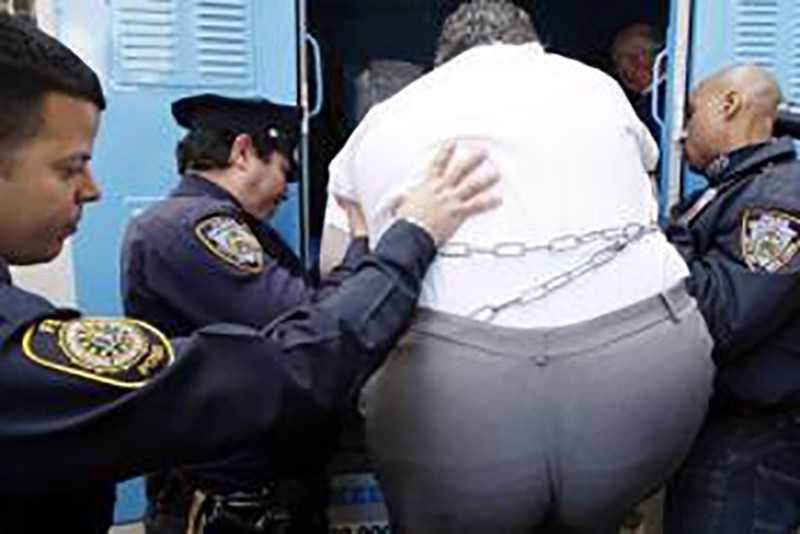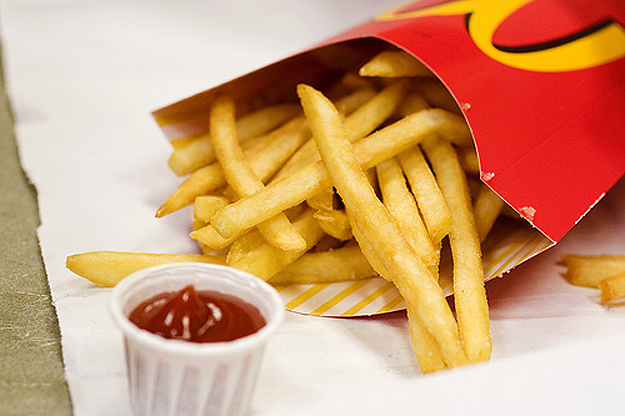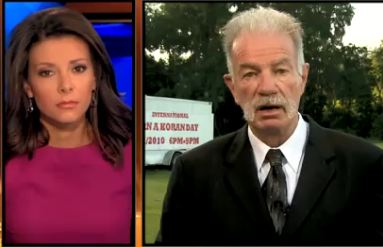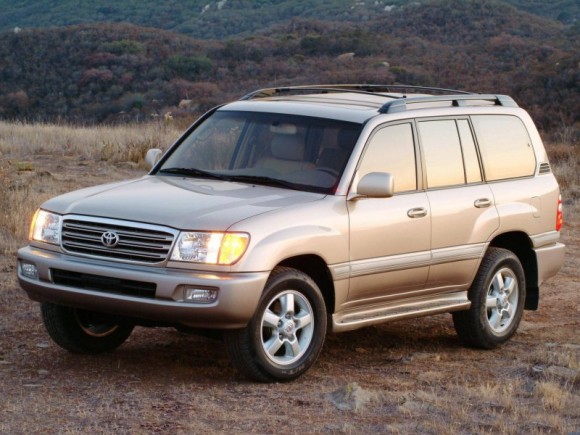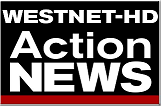The results of Tuesday's gubernatorial election in Kentucky came as something of a surprise to many, who thought Democrat Jack Conway held the advantage. Polls showed Conway with a slight edge going into the election, and the HuffPost Pollster model had him up by 2 points on Republican Matt Bevin.
Yes, the polls missed the outcome. But this is not as disastrous for the pollsters as some would have you believe . Its not clear yet what caused the issues, but we do have some clues as to why the polls showed a close race when the result was a 9-point victory for Bevin.
The polls actually did correctly project Conways proportion of the vote correctly. He averaged around 43 percent across the polls, and finished with 44 percent of the vote. The miss was a substantial underestimate of Bevins support -- he ended up with 52.5 percent of the vote, compared to an average of 41 percent in the polls.
There were only six publicly released polls between August and Election Day. As HuffPost pointed out , thats pretty sparse polling. The last poll, which incidentally showed a tied race rather than a Conway advantage, was conducted a full week prior to the election. Any last-minute campaigning or changes in opinion were completely missed -- simply because there were no polls.
Additionally, turnout in the race was only around 31 percent . That means the polls probably overshot turnout projections in trying to identify likely voters. This is the same problem that we see in primary polling -- when turnout is low, its very difficult to predict who will vote. And lower turnout often favors Republicans .
Plus, its expensive for polls to be too selective about their likely voters -- if pollsters think only 30 percent of registered voters will actually vote, they have to talk to over 1,500 people just to find 500 voters. Combine that with the fact that people will very often say they plan to vote even when they dont, and you have a problem with overshooting voter turnout in pre-election polls. Its the same issue we see in primary polling .
Drew Curtis, the independent candidate, was another problem for Kentucky pollsters. He pulled an average of 7 percent support in polls, but only got 3.7 percent of the vote. If Curtis extra supporters in the polls turned out to be Bevin voters, this could explain part of the error in Bevins poll estimates.
Support Free Journalism
Already contributed? Log in to hide these messages.
Polling methods dont appear to be a problem. Most of the polls reported similar results, regardless of the methods used to get the estimates. The partisanship of the pollster doesnt seem to have mattered, either, even though two of the four most recent polls were released by Republican pollsters.
Bevins own campaign poll showed him behind in mid-October. The only poll to ever have Bevin in the lead was from the Democratic firm Public Policy Polling in July. Vox Populi Polling, which released the poll closest to Election Day, appeared to show a Republican advantage, but could have been capturing opinion moving toward Bevin.
Support Free Journalism
Already contributed? Log in to hide these messages.
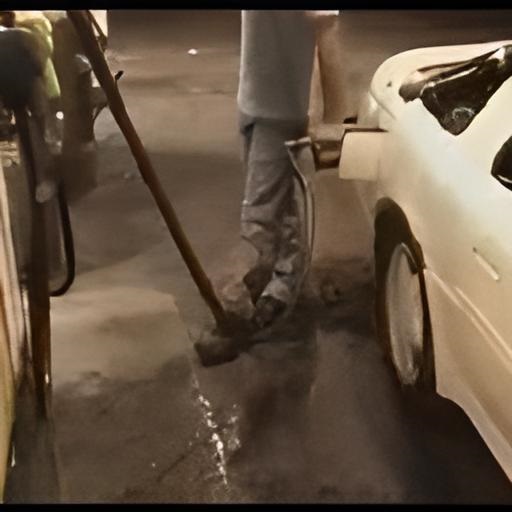



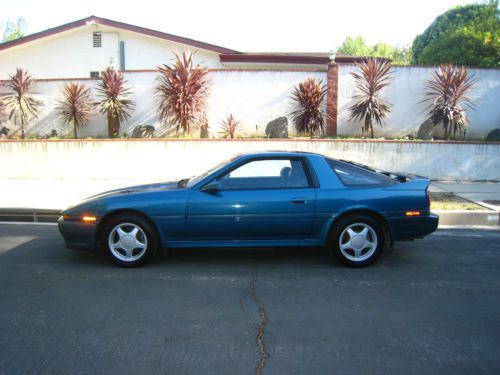







_(720p).jpg)


 OFFICIAL HD MUSIC VIDEO.jpg)
.jpg)



